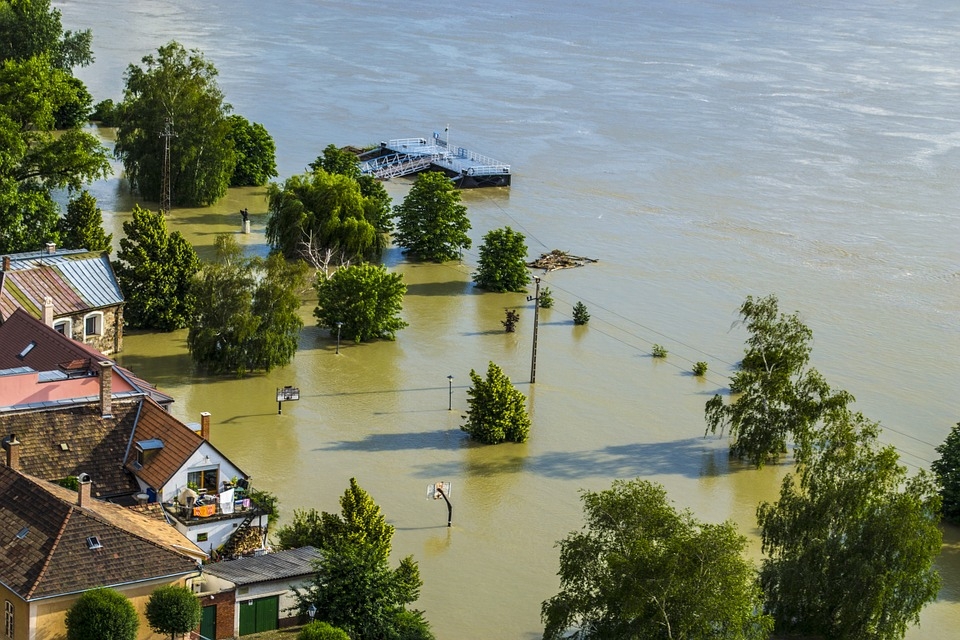Global disaster losses totalled $36 billion in the first half of 2018

The Swiss Re Institute’s preliminary sigma has estimated that global economic losses from natural and man-made disasters were USD$36 billion in the first half of 2018. Of the total losses, USD$20 billion were covered by insurance.
However, the estimated total loss is significantly lower than the ten year average of USD$125 billion and lower than reported losses of USD$30 billion in the first half of 2017.
The largest losses in the first half of 2018 were caused by a series of winter storms in Europe and the US.
Around the world a total of 3,900 people lost their lives or went missing in disaster events in the first half of 2018. This is also lower than the same period in 2017, when 4,600 were killed or went missing.
Of the total USD$36 billion of global economic losses, natural disasters accounted for a majority of the damage, costing USD$34 billion. Global insured losses from natural disasters decreased from USD$25 billion in 2017 to USD$18 billion in 2018. Around 56% of global economic losses were insured as the most disastrous events occurred in places with a high level of insurance.
Winter storm Friederike (which was also called Storm David in France, Ireland and the UK) in Europe was the costliest natural disaster in the first half of 2018. The storm was a compact windstorm that affected much of Central Europe as well as France, Italty, Ireland, Poland and the UK. It generated hurricane force gusts and heavy snowfall, with blizzard conditions in some areas. It is estimated that 15 people lost their life as a result of the storm and caused economic losses of USD$2.7 billion.
Similarly, a series of winter storms in the US including March’s "Nor'easter" storm caused heavy snow, ice, freezing rain and flooding across the US. In total the storms caused USD$4 billion worth of damage, the March Nor’easter storm was the most costly.
In addition to these extreme weather events, major volcanic eruptions occurred in Hawaii and Guatemala, and earthquakes in Japan, Taiwan and Papua New Guinea caused widespread damage where the economic losses have not yet been determined.
The Swiss Re Institute also warn that higher losses are expected in the second half of 2018. So far in the second half of the year there have been severe heatwaves, dry weather and wild fires across much of the world.
For example, Southern Australia is experiencing its second driest autumn on record. The losses from droughts in the agricultural sector have not been determined yet.
Martin Bertogg, Head of Catastrophe Perils at Swiss Re Institute commented:
“We expect to see more extreme weather conditions such as intense heatwaves and dry spells of the like we've seen over the last few weeks. This may well become the new normal. According to scientific climate models, temperature, and atmospheric humidity will increase in many parts of the world, and at the same time also become more volatile."
"We will experience more variable rain patterns and severe droughts and in consequence raging wildfires. Accelerating urbanisation and the ongoing expansion of dwellings in natural forest areas will considerably exacerbate this loss potential. Society will need to adapt and prepare for these increasing occurrences"
Join us for the 10th Anniversary AIDF Global Summit this September in Washington D.C to discuss global disaster response and future challenges.
If you’d like to stay informed on the latest updates in aid and development, please sign up for the AIDF newsletter.











